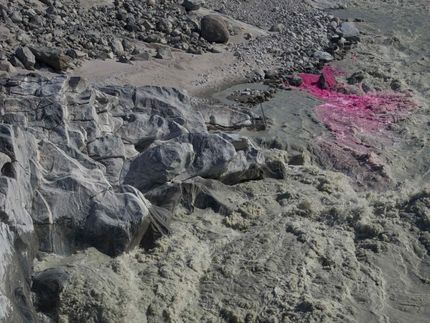Plants do not produce methane gas
Dutch scientists disprove recent claim that living plants would produce a large part of the greenhouse gas methane.
Advertisement
A group of scientists of Plant Research International (Wageningen UR), Radboud University Nijmegen, Utrecht University, and the Wageningen-based companies IsoLife and Plant Dynamics has demonstrated that the 'methane emission' by living plants is negligibly small. This is shown in their publication in New Phytologist. The scientists thus disprove the claim made by other scientists in 2006 that plants would through the production of methane gas make a substantial contribution to the emission of Greenhouse Gases.
Early 2006 Nature published an article claiming that plants emit the greenhouse gas methane and thus make a substantial contribution to the global production of this greenhouse gas. At the time this claim caused quite some controversy. These conspicuous and controversial findings have urged a group of Dutch scientists to test these findings.
The group of Dutch scientists brought together a unique combination of expertise and facilities. Their cooperation led to an innovative experiment. Plants were grown in an environment with 13C, a non-radioactive carbon isotope. Any methane emission could thus easily be detected against the methane background of the natural atmosphere in which 12C-methane is dominant.
The scientists grew six plant species and methane emission was measured very accurately and highly sensitive by using the so-called photoacoustic laser technique. Even this technique with a sensitivity of one particle in one billion showed no significant methane emission. The scientists neither measured noticeable methane gas emission in experiments in which plants were grown for a longer period of time in a closed chamber.
This is, insofar as known, the first independent research in which the 2006 claim has been tested. The results are clear: plants emit no methane. The search for the explanation of the gap in the global methane balance remains unfinished.
Most read news
Other news from the department science

Get the chemical industry in your inbox
By submitting this form you agree that LUMITOS AG will send you the newsletter(s) selected above by email. Your data will not be passed on to third parties. Your data will be stored and processed in accordance with our data protection regulations. LUMITOS may contact you by email for the purpose of advertising or market and opinion surveys. You can revoke your consent at any time without giving reasons to LUMITOS AG, Ernst-Augustin-Str. 2, 12489 Berlin, Germany or by e-mail at revoke@lumitos.com with effect for the future. In addition, each email contains a link to unsubscribe from the corresponding newsletter.



























































